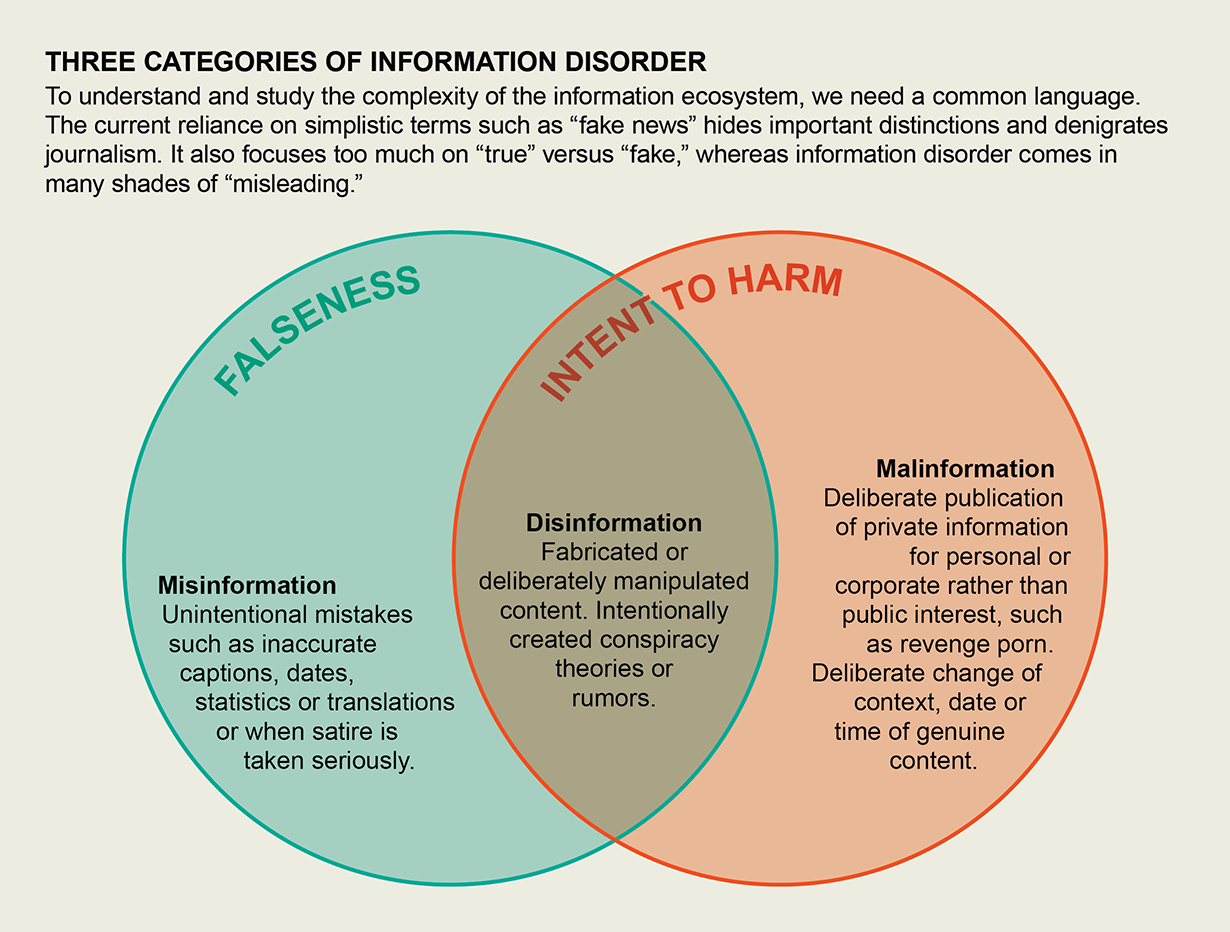Philip Zelikow at the Texas National Security Review: “Policymaking is a discipline, a craft, and a profession. Policymakers apply specialized knowledge — about other countries, politics, diplomacy, conflict, economics, public health, and more — to the practical solution of public problems. Effective policymaking is difficult. The “hardware” of policymaking — the tools and structures of government that frame the possibilities for useful work — are obviously important. Less obvious is that policy performance in practice often rests more on the “software” of public problem-solving: the way people size up problems, design actions, and implement policy. In other words, the quality of the policymaking.
Like policymaking, engineering is a discipline, a craft, and a profession. Engineers learn how to apply specialized knowledge — about chemistry, physics, biology, hydraulics, electricity, and more — to the solution of practical problems. Effective engineering is similarly difficult. People work hard to learn how to practice it with professional skill. But, unlike the methods taught for engineering, the software of policy work is rarely recognized or studied. It is not adequately taught. There is no canon or norms of professional practice. American policymaking is less about deliberate engineering, and is more about improvised guesswork and bureaucratized habits.
My experience is as a historian who studies the details of policy episodes and the related staff work, but also as a former official who has analyzed a variety of domestic and foreign policy issues at all three levels of American government, including federal work from different bureaucratic perspectives in five presidential administrations from Ronald Reagan to Barack Obama. From this historical and contemporary vantage point, I am struck (and a bit depressed) that the quality of U.S. policy engineering is actually much, much worse in recent decades than it was throughout much of the 20th century. This is not a partisan observation — the decline spans both Republican and Democratic administrations.
I am not alone in my observations. Francis Fukuyama recently concluded that, “[T]he overall quality of the American government has been deteriorating steadily for more than a generation,” notably since the 1970s. In the United States, “the apparently irreversible increase in the scope of government has masked a large decay in its quality.”1 This worried assessment is echoed by other nonpartisan and longtime scholars who have studied the workings of American government.2 The 2003 National Commission on Public Service observed,
The notion of public service, once a noble calling proudly pursued by the most talented Americans of every generation, draws an indifferent response from today’s young people and repels many of the country’s leading private citizens. … The system has evolved not by plan or considered analysis but by accretion over time, politically inspired tinkering, and neglect. … The need to improve performance is urgent and compelling.3
And they wrote that as the American occupation of Iraq was just beginning.
In this article, I offer hypotheses to help explain why American policymaking has declined, and why it was so much more effective in the mid-20th century than it is today. I offer a brief sketch of how American education about policy work evolved over the past hundred years, and I argue that the key software qualities that made for effective policy engineering neither came out of the academy nor migrated back into it.
I then outline a template for doing and teaching policy engineering. I break the engineering methods down into three interacting sets of analytical judgments: about assessment, design, and implementation. In teaching, I lean away from new, cumbersome standalone degree programs and toward more flexible forms of education that can pair more easily with many subject-matter specializations. I emphasize the value of practicing methods in detailed and more lifelike case studies. I stress the significance of an organizational culture that prizes written staff work of the quality that used to be routine but has now degraded into bureaucratic or opinionated dross….(More)”.


